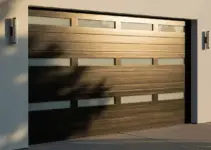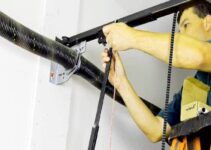How to Test Garage Door Sensors
Your garage door more than just a functional component of your home, it’s a gateway that secures your belongings and shields your family from external elements. While we often take for granted the seamless operation of our garage doors, it’s the silent heroes within garage door sensors that ensure a smooth and, more importantly, safe functioning.
Having experienced the potential hazards of malfunctioning sensors, I’ve become an ardent advocate for their regular testing. These hidden guardians, often overlooked and underappreciated, play a pivotal role in preventing accidents and ensuring the well-being of our homes.
In this comprehensive guide, I’ll take you on a journey into the often-underrated realm of garage door sensors. I’ll unravel the mysteries behind these unsung heroes, shedding light on their critical role in maintaining a safe and secure home environment.
Understanding the Basics
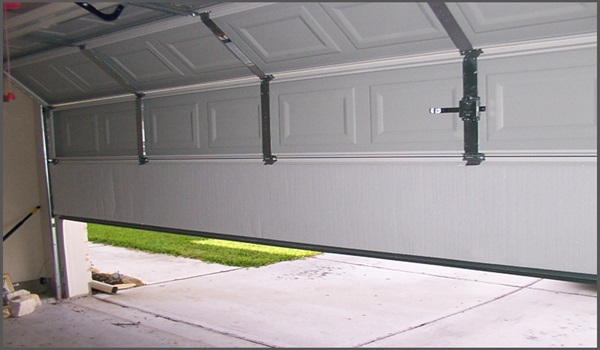
Before embarking on the testing journey, it’s imperative to grasp the fundamental role garage door sensors play in the safety and functionality of your garage door.
These ingenious devices are engineered to detect obstructions in the door’s path, serving as a vital line of defense against accidents and potential damage. It’s important to recognize that a malfunctioning sensor can compromise the entire safety mechanism of your garage door.
Testing with a Simple Block
For homeowners eager to ensure the reliability of their garage door sensors, a straightforward and effective method involves the use of a basic block. Let’s walk through the step-by-step process:
Place the Block in Front of the Photo Eye
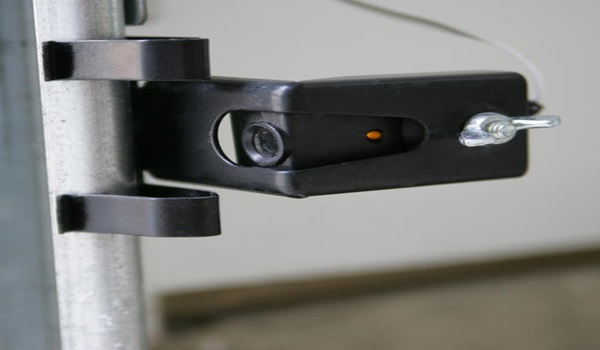
- Select a Simple Block: Begin by choosing a basic block that can be easily positioned in front of one of the garage door’s photo eyes.
- Position the Block: Place the chosen block strategically in the line of sight of the photo eye.
- Press the Button: On the wall control unit, press the button to initiate the door closing process.
- Listen for the Click: Pay close attention. If the door fails to close, and you hear a distinctive click, it signals that the sensor has successfully detected an obstruction.
Placing the Block on the Ground
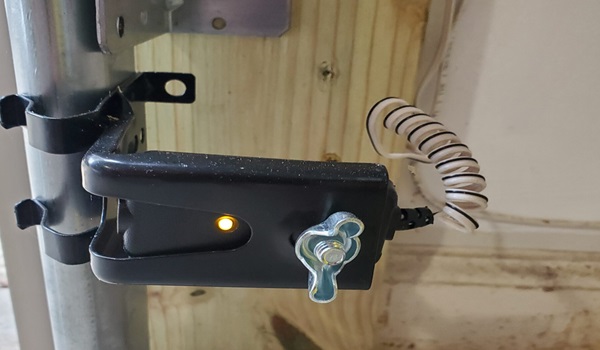
- Move the Block: Now, relocate the block to the ground, positioning it in the path of the closing garage door.
- Initiate Closing: Trigger the door closing process once again, observing the interaction with the block.
- Ideal Response: Ideally, the garage doors should make contact with the block and then promptly reverse, returning to the fully open position without causing any damage.
Why These Tests Matter
Understanding the significance of the audible clicks during these tests is paramount for homeowners. The clicks are not just sounds; they are assurances that the sensors are functioning as intended. They signify the sensors’ ability to detect obstacles and, consequently, ensure the door’s safe operation.
What if the Tests Fail?
In the event that any of the safety checks fail, immediate action is imperative. Troubleshooting the issue yourself is a commendable first step, but if challenges persist, reaching out to professionals becomes essential. Garage door’s safety is not a compromise, and timely intervention ensures the ongoing protection of your home.
The Role of Canadian Door Doctor
At Canadian Door Doctor, we acknowledge the paramount importance of a well-functioning garage door. If the straightforward tests outlined earlier prove inconclusive or encounter obstacles, do not hesitate to contact us. Our dedicated team of experts stands ready to diagnose and swiftly address any issues, ensuring the continued reliability of your garage door.
Additional Safety Measures
While testing garage door sensors is a pivotal aspect of maintenance, homeowners should adopt a holistic approach to ensure overall safety and efficiency.
Regular inspections, meticulous lubrication of moving parts, and seeking professional maintenance contribute collectively to the prolonged lifespan and optimal performance of your garage door.
In essence, by understanding, testing, and maintaining your garage door sensors, you not only enhance safety but also contribute to the longevity of this vital home component. Remember, a proactive approach today ensures a secure and smoothly functioning garage door tomorrow.
You may also like:
Conclusion
Ensuring the proper functioning of your garage door sensors is a responsibility every homeowner should take seriously.
The simple yet effective tests detailed in this guide serve as your toolkit to assess the safety of your garage door.
By placing a basic block strategically and listening for those distinctive clicks, you not only engage with the functionality of your sensors but also contribute to the overall security of your home.
